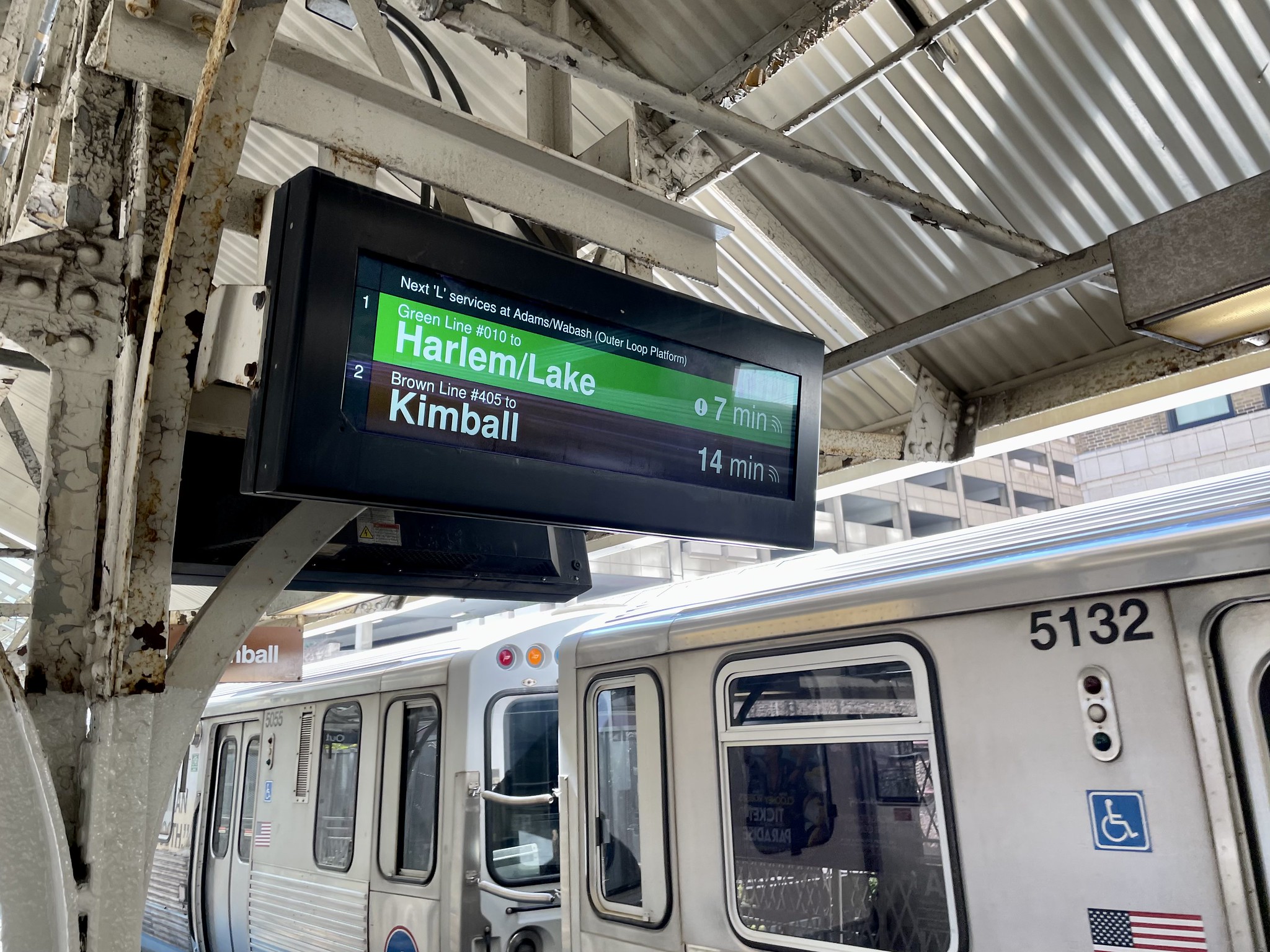Four years ago, I and two others – Yonah Freemark and Lynda Lopez – published the Move Chicago platform of transportation recommendations for the next mayor. The platform was developed in response to then Mayor Emanuel announcing he would not seek reëlection for a third term and thus many candidates would be clamoring for policy proposals that would set them apart.
Move Chicago is a collection of strategies and recommendations that have been developed by many different advocates and organizations, and city and regional planners, over the years. It can exist because of the hard work others have done to proposed solutions to the problems that keep transit ridership low, keep affordable transportation out of reach for many Chicagoans, temper growth in bicycling, and allow so many people to die while walking or biking. Broadly, the recommendations want to increase transit service, dedicate more space for safe walking and cycling, reduce the cost of transit fares, improve transit's reliability, and reduce the amount of driving and dangerous driving.
The collection is written in a way that makes it easy for any mayoral or ward campaign to adopt in whole or in part into their own platform. Move Chicago is back, in part because many people are running for mayor, in part to update it to reflect changed priorities, and also because nearly one third of City Council is quitting and there are dozens of new candidates for alderpersons.
I have added, removed, and updated some recommendations, including:
- The recommendation to "do whatever it takes to block a Hyperloop" from downtown Chicago to O'Hare airport has been dropped because its only proponent is now riding high-speed trains in Japan, as part of former Mayor Emanuel's ambassadorship to the country.
- The "Walkable Winters" proposal from Better Streets Chicago – the city should be plowing sidewalks – has been adopted into the "Making more room for more walkers and bikers" category .
- The "implement fair fares" recommendation has been updated to refer to Active Transportation Alliance's advocacy work and the active program in New York City – implemented since the 2019 Move Chicago version – that has 271,000 people signed up and paying lower transit fares.
- Move Chicago now recommends cameras on buses and accompanying citations to help keep bus lanes clear and buses moving more reliably. Of course, it also recommends building 20 miles of new bus lanes in the city with the fewest bus lanes among big cities.
- Creating a municipal funds-supported cargo bike purchase program. Cities all over Europe, and Denver, are giving money to families and small businesses to use cargo bikes instead of cars for getting around town and for deliveries.
What frustrated me when I reread and updated the platform prior to republishing was that I could not remove more of the recommendations because none of them – or only small portions – had been accomplished by Mayor Lightfoot or City Council since 2019. To give one example, Move Chicago recommended in 2019, and in 2022, building 20 miles of new bus lanes. During the Lightfoot administration a few blocks of painted bus lanes were added on Chicago Avenue and 79th Street, among other streets, but only on the blocks leading up to intersections where buses typically experience a lot of interference.
Dearborn Street has had a bus lane on it from Ida B Wells Street to Wacker Drive for decades but it's rare that buses can ever take advantage of it in the free-flowing way that the lanes are there for; people are picking up or dropping off and deliveries are made from sunrise to sunset.
One recommendation I can confidently say was delivered, in part: The revision to the city's longstanding transit-oriented development ordinance places a cap on the number of car parking spaces that a new residential building can provide. I modified the Move Chicago platform's recommendation to acknowledge this and continue recommending that a cap is placed on car parking for non-residential developments.
The same "Connected Communities" ordinance gives the city's transportation commissioner to set rules for "Transportation Demand Management" for property owners, a recommendation that Move Chicago calls for, specifying, "Developing a Transportation Demand Management program to encourage commuters to switch out of their cars. The program will require that all new major developments near transit are designed for at least 70% of commuters to get to work by walking, biking, or transit." Yet the existing ordinance doesn't say when the rules should be created or what outcomes they should require.




